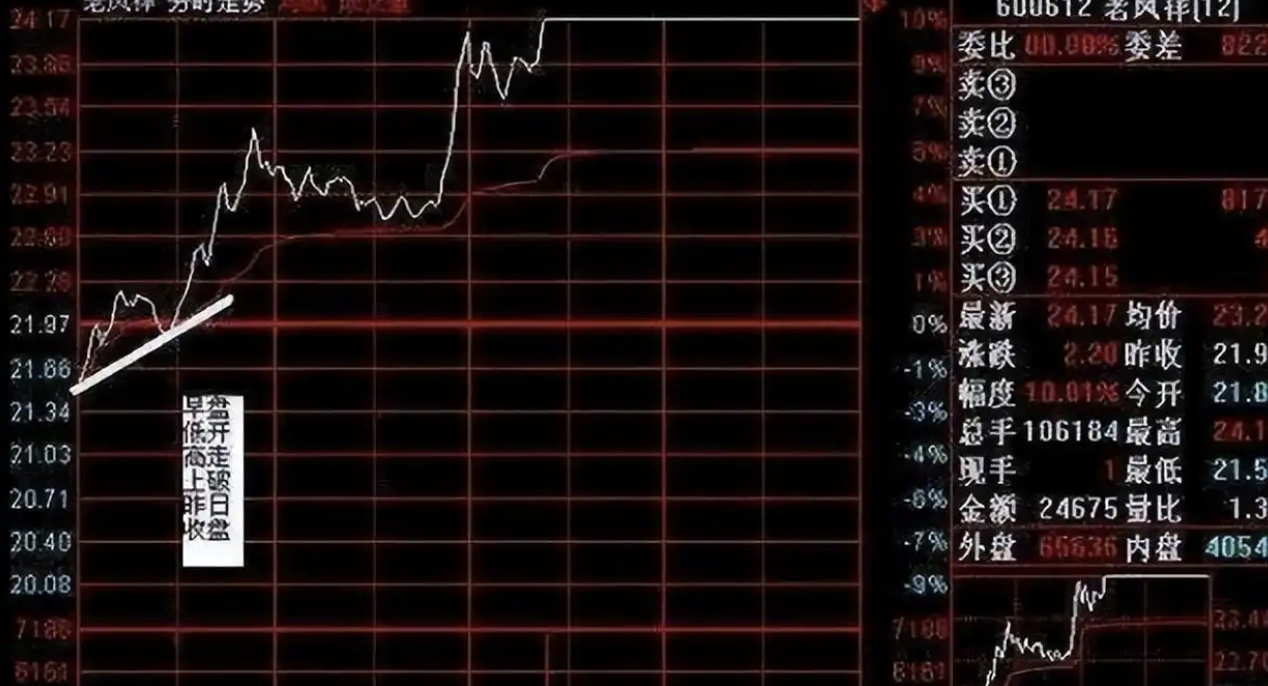
The history of market manipulation is almost as long as that of stock trading itself. Over the decades, manipulators in China’s stock market have undergone significant changes in their methods, which can be broadly categorized into the following four stages.
1. Full Control Manipulation
In the earliest days, manipulators sought near-total control over a stock. These operators often held over 80% of a stock’s free float while colluding with company management to dictate its price movements.
For example, as shown in Figure 1-18, one of the most notorious cases was Zhongke Chuangye (000048, now renamed Kangle). The manipulators accumulated shares at around ¥9 over several years, eventually controlling over 90% of the float, allowing them to manipulate prices at will. In one instance, before manipulator Lü Liang’s wedding on February 18, 2000, he ordered traders to close the stock at ¥72.88 for good luck.
Additionally, after gaining control, they coerced the company’s chairman into rebranding it as a "high-tech finance" firm, fabricating profits to fuel speculation. Under their manipulation, the stock surged to ¥84 by February 2000. However, by early 2001, the scheme collapsed due to a funding crisis, wiping out two-thirds of the company’s market value.
2. Heavy Control Manipulation
Heavy control refers to holding over 50% of a stock’s float. While not absolute, this level allows manipulators to significantly influence prices, leveraging market sentiment to create favorable conditions for buying low and selling high.
For instance, E’An Technology (000008, now Shenzhou High-Speed Rail) became China’s first ¥100 stock (peaking at ¥126.31). The manipulators built positions at around ¥20, strategically pushing the price up. However, fearing a panic sell-off at peak levels, they allowed the price to halve to ¥60 before stepping in to "support" it, luring buyers to facilitate their exit.
After the 2005 share-trading reforms, major shareholders gained liquidity, making heavy control strategies impractical. Thus, such methods have become rare, replaced by lighter control approaches.
3. Light Control Manipulation
Light control manipulators hold only 20%-30% of a stock’s float, insufficient for long-term price control. Instead, they rely on market trends and retail investor psychology. They buy during broad market rallies and sell during downturns, using technical patterns to sway sentiment.
For example, Jinjiang Investment (600650) closely mirrored the Shanghai Index’s movements from July 2014 to June 2015. Similarly, during the 2015 MERS outbreak, pharmaceutical stocks like LuKang Pharma (600789) rallied en masse, minimizing individual stock risks through sector momentum.
4. Zero Control Manipulation
Some modern manipulators operate on very short cycles (days) with minimal holdings. They focus on momentum over price, buying aggressively on positive news to spark a rally, then exiting as retail investors chase the trend.
















